Fall 2022 - Spring 2023

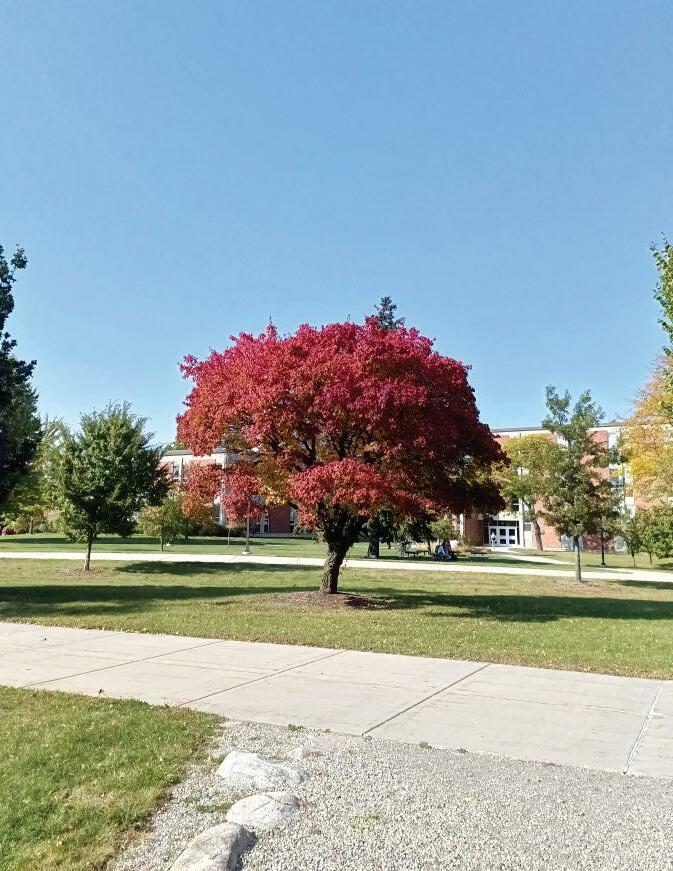



Our faculty continues to be recognized for its outstanding quality in research, teaching, and service. Internally, Debraj Chakrabarti received the 2021 Outstanding Research Award in the College of Science and Engineering, and Tibor Marcinek received the 2021 Outstanding Teaching Award in the College of Science and Engineering. Dmitry Zakharov achieved tenure and was promoted to Associate Professor, and C-Y. Jean Chan was promoted to Professor. Externally, Debraj Chakrabarti also received an NSF grant for his project entitled “New frontiers in several complex variables.” Congratulations to our faculty!

Our home base in Pearce Hall continued to see some updates. As reported last year, a portion of the Mathematics Research Lab in Pearce 205 has been allocated as a common area for faculty and graduate students to collaborate, discuss, or unwind. The space is being used regularly by many and served our first in-person colloquium in three years well by allowing a new space to gather and meet with our visitors. More broadly, the halls of Pearce have been repainted and equipped with new and updated signage. Many offices have been painted, too, including the department offices in Pearce 212, 213, and 214.
A huge thank you to the Newsletter and Alumni Committee – George Grossman, Leela Rakesh, and Xiaoming Zheng – for putting this newsletter together! Thank you to Rob Wang in the College of Science and Engineering for assembling and publishing the newsletter. Thank you to the faculty in the department and student groups for sharing about all the exciting events, activities, and successes of the last year. Last but not least, to our alumni, thank you for your continued support and encouragement ¬– we hope to see you around Pearce Hall this year!
Ben Salisbury Department Chair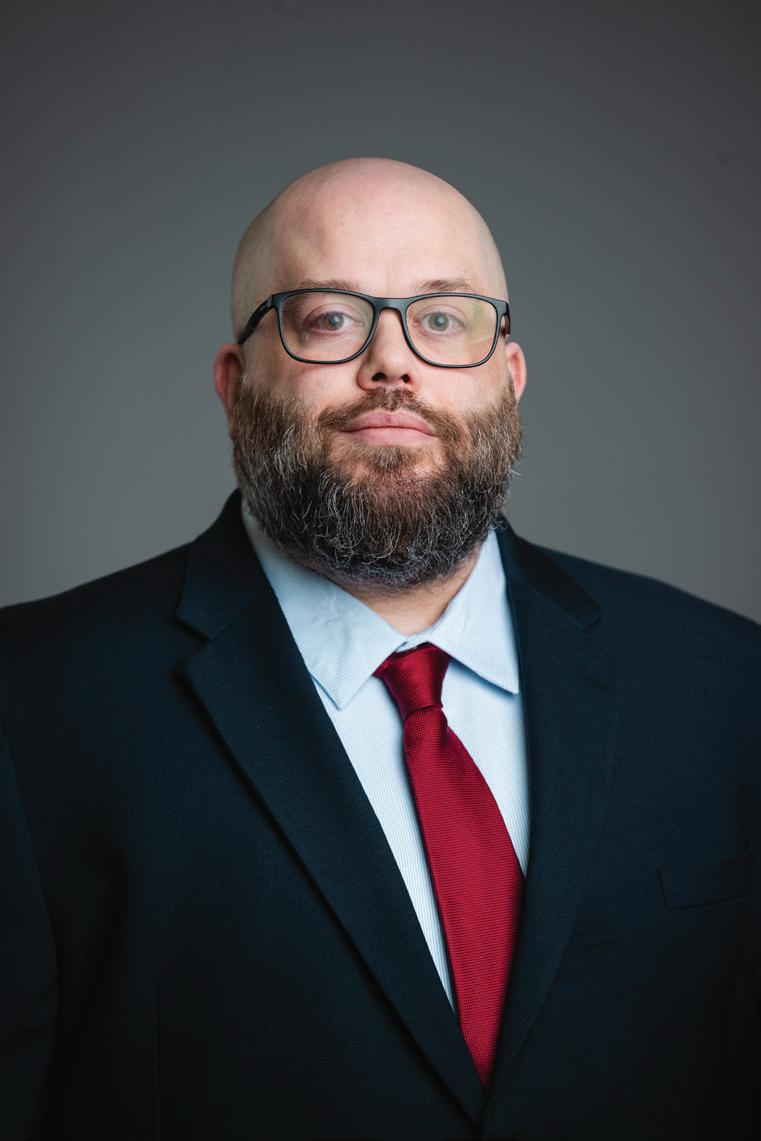

Oh Yeah! How exciting! Starting in the Fall 2022, we are having a new program: Computational Mathematics & Analytics Minor, shortened as CM&A.
It comes as an interdisciplinary program between mathematics and data science. It covers the basics of data analysis, real-world modeling, and numerical techniques for solving mathematical and data-involved problems.
Here is the story behind it. As part of the University-Wide Data Science Program, an initiative headed by Dr. Carl Lee of the Department of Statistics, Actuarial, and Data Sciences (STAD) and funded by the President’s and Provost’s Fund for Program Innovation and Excellence, a new data science major was developed. While this major is housed in STAD, nine minors in nine different departments were created to complement the major and CM&A created in the Mathematics Department is one of them.
The CM&A minor contains 12 credit hours of data science courses ranging from introduction to data science to data visualization and programming until applied analytics. The mathematics trainings are included in 13 credits distributed in Calculus III, differential equations, numerical analysis, and optimization.
All mathematics majors can take this minor. By mastering analytics in data science and computing techniques in mathematics, the students taking this minor will possess a larger toolkit to analyze and understand data, and thus have a higher marketability. Data science is turning out to be an integral part of the twenty-first century world, and it is exciting for the Department of Mathematics at CMU to contribute to it through the CM&A minor.

Please help us in congratulating the following students who all obtained a Mathematics Ph.D. degree in 2022.
• Dissertation title: The Individualized Nature of Math Anxiety: Exploring the Perceptions of Undergraduate Students
• Advisor: Christine Phelps-Gregory
• Dissertation title: Comparing the Effects of Adaptive Online Homework on Student Achievement, Anxiety, and Self-Efficacy in a College Algebra Course
• Advisor: Dennis St. John
• Dissertation title: The volume of the tropical Prym variety of a dilated double cover of metric graphs
• Advisor: Dmitry Zakharov
• Dissertation title: Professors’ and Students’ Perspectives on Modifications of Pedagogical Proofs
• Advisor: Katrina Piatek-Jimenez
• Dissertation title: Intuitive Machine Learning by Neurowavelet Networks
• Advisor: George Grossman
Please help us in congratulating the following students who all obtained a Mathematics M.A. degree in 2022.
• Chase Bender (Accelerated M.A., May 2022), Plan A Master Thesis: General Polarization Identities, Advisor: Debraj Chakrabarti
• Ben Doyle (M.A., May 2022), Plan A Master Thesis: Algorithmic Strategies for Chip-Firing on Weighted Graphs, Advisor: Dmitry Zakharov
• Stephen Besson (M.A., December 2021)
• Evan Miller (Accelerated M.A., May 2022)
• Bishal Panthee (M.A., May 2022)

The Michigan Department of Education initiated changes to teacher preparation programs throughout the state of Michigan. As a result of these changes, CMU implemented a new education degree for PreK and Elementary Education students. As part of these changes, the math department phased out our elementary education majors and minors.
While we are sad to see them go, as part of the change we also created three new courses in mathematics content and pedagogy that all future PreK through 6th grade teachers take. The first course focuses on counting, whole number representations, and whole number operations. The second course focuses on negative numbers, fractions, decimals, percents, and proportional reasoning. And the third course focuses on patterns, shapes, measurement, and data.
All of the courses include instruction on High Leverage Teaching Practices such as how to lead a group discussion in mathematics and how to elicit and understand student thinking in mathematics. The courses also include the use of artifacts of practice such as videos of classrooms or students and curricular materials from grades PreK through 6. We have started teaching these courses and are pleased with how they prepare future teachers in Michigan.

The Michigan Department of Education initiated changes to teacher preparation programs throughout the state of Michigan. As a result of these changes, we are in the process of replacing our former secondary education major and minor with a new major and two new minors. The new secondary education major will prepare students to teach grades 5 through 12 and includes specialized pedagogical content courses as well as pure mathematics classes such as Introduction to Proof and Modern Algebra. One of the two new secondary minors will prepare students to teach grades 7 – 12. Students who choose this minor will also choose a second content area. This will provide students with the opportunity to become high school teachers certified in two content areas. Finally, we are also creating a new 5 – 9 minor that is designed to prepare future middle school teachers. These future teachers will be certified in two content areas as well, such as mathematics and science. We are excited for this opportunity to create a new middle school mathematics program.
As part of these changes, we are also revising our four courses focused on pedagogy and content. The first course in this new series of four courses will focus on the teaching and learning of number and operation, proportional reasoning, and algebraic concepts. The second and third courses will focus on the teaching and learning of measurement and transformational geometry and on statistics and probability. The final course students take will focus on how to plan for and implement effective mathematics instruction for grades 5 – 12. This capstone course will include 50 or more hours in a 5 – 12 classroom, giving students hands-on practice in implementing effective instruction.
In addition, all the courses include experience teaching or tutoring 5 – 12 students, work with artifacts of practice such as videos of students or secondary textbooks and instruction in how to use High Leverage Teaching Practices such as diagnosing student thinking in mathematics and setting learning goals for students. We are excited for these new programs to be implemented.

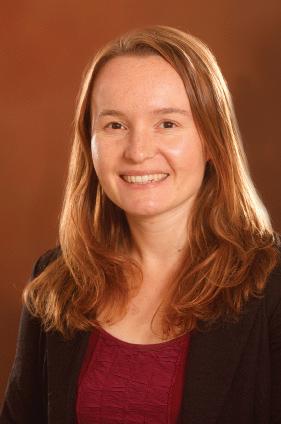

This past year, I have been continuing work on my research areas focused on students’ beliefs and teacher education. In teacher education, I have been working on a project investigating the links between prospective elementary teachers’ ability to notice student mathematical thinking, their mathematical knowledge for teaching (MKT), and their ability to decompose learning goals into component conceptual parts. Relatedly, with Sandy Spitzer, I presented a poster at a conference in Fall 2022 on examining the relationship between prospective teachers’ ability to ask relevant questions of students and their ability to notice details about students’ mathematical thinking.
In my beliefs work, at a conference in Fall 2022, I presented a poster with Martha Frank and Gabby Mynatt examining prospective teachers’ beliefs about themselves as doers and learners of mathematics. We particularly focused on how prospective teachers define their self-efficacy beliefs; that is, how they define what it means to be good at mathematics. In other work, with Bridgette Russell, I presented a poster in Fall 2022 examining global and task specific mathematics self-efficacy beliefs and the effects of performance
on those beliefs. Finally, Gabby Mynatt and I also published a conference proceeding, based on her dissertation work, examining the individualized nature of mathematics anxiety.
I am excited to start a new project this year examining students’ beliefs about discrete mathematics and themselves as learners of discrete mathematics. As part of this work, I will examine the effects of discrete mathematics courses on students’ beliefs. I am interested in comparing the beliefs of students in discrete mathematics with my work on prospective teachers’ beliefs.

For teaching, I am excited this year to be teaching MTH 350, our new mathematics and pedagogy course for prospective elementary teachers. It focuses on geometry, measurement, and data while also including teaching about high leverage practices, like leading group work in mathematics. It also includes the use of video and textbook samples so students can learn about mathematics in the same context of their future teaching.


My National Science Foundation (NSF) proposal was funded for $223,754, a large fraction of which will be used to fund undergraduate student research.
The title of this NSF grant is “New Frontiers in Several Complex Variables”. The theory of calculus, which makes possible a precise understanding of continuously varying magnitudes, forms the mathematical underpinning of much of modern-day science and technology. The complex numbers are a system of generalized numbers providing greater flexibility with algebraic operations, such as allowing for the extraction of square roots of negative quantities. In this project, the investigator will apply the tools of calculus to smoothly varying complex outputs which depend on one or more complex inputs. Such objects are known in the mathematical literature as holomorphic functions. The study of holomorphic functions has applications to phenomena as diverse as the flow of liquids, heat conduction, the distribution of prime numbers, and the speed of computer programs.
The project will employ two methods to construct holomorphic functions. The first is via a system of equations called the inhomogeneous CauchyRiemann equations. The second, the method of projections, interprets the collection of holomorphic functions geometrically as a sub-collection inside a larger collection of functions, and uses this geometric insight to construct holomorphic functions with specified properties. The deeper understanding of holomorphic functions to be gained in this project will be useful for applications both within and outside mathematics.

The project will also involve undergraduate participants, who will work on both the computational and theoretical aspects of the problems. Such participation will expose students to challenging mathematical problems and will contribute to the training of future mathematicians and scientists.
Another good news is that my Master’s student Chase Bender defended his thesis and is currently pursuing a Ph.D. at the university of Notre Dame.

During the past academic year, I coauthored two research papers with my colleagues in Germany. The first paper is with Andreas Gross and Martin Ulirsch. We gave a definition of a vector bundle on a metric graph. We showed that such vector bundles satisfy the tropical analogues of several classical results about vector bundles on algebraic curves: Grothendieck’s classification of vector bundles on the projective line, Atiyah’s classification of vector bundles on an elliptic curve, and the Narasimhan-Seshadri correspondence between semistable vector bundles and unitary local systems. The second paper is with Felix Roehrle, a graduate student of Dr. Ulirsch. We defined the tropical analogue of the trigonal construction of Recillas, which is a classical construction in algebraic geometry. The algebraic trigonal construction associates a tetragonal curve to an unramified double cover of a trigonal curve, in such a way that the Prym variety of the latter is isomorphic to the Jacobian of the former. We showed that an exact analogue of this statement holds in the tropical setting. Furthermore, it turns out that the proof of the tropical theorem can be modeled very closely on the algebraic theorem, using the recently developed tools of tropical homology theory.

During the spring of 2022, two of my students successfully defended their theses. Ben Doyle defended a Master’s Thesis on a weighted version of the chip-firing operation on finite graphs. Ben developed analogues of a number of techniques and theorems from chip-firing theory. He is now a graduate student at Purdue, and is currently working on turning his thesis into a research paper. Arkabrata Ghosh defended his PhD thesis, in which he proved a formula for the volume of the tropical Prym variety of an arbitrary double cover. Arka has since returned to India, and we are currently writing a paper together on the subject of his thesis.
In Fall 2022, I took over from Ben Salisbury as the KME faculty advisor. I have been very impressed with the students, their passion for mathematics, and their service to the wider CMU community. In each of the two semesters, KME held a book sale fundraiser and an end-of-semester volunteer tutoring event. I believe the latter to be an especially meaningful contribution, and I have heard from my own students just how valuable this assistance can be. KME meetings also included research talks, both by CMU faculty and by students. In addition, KME hosted a number of fun math events, including a math movie night, a math Jeopardy night, a math riddle game night, a math bingo night, a scavenger hunt, and a Pictionary game. Finally, at the end of the academic year, KME held the induction ceremony for new members. Three of the KME officers were recognized for their work by the Arnie Hammel Scholarship in Spring 2022.

I have had an exciting first four years here at CMU. The biggest factor behind that excitement was the many great students that I worked with through independent studies, MA program papers, and the Honors program, as well as those I taught in various courses from precalculus to algebraic topology. I also had the privilege to teach the Mathematics Capstone Course in Spring 2020, tying together much of the mathematical undergraduate experience into one coherent course, sending our math graduates off with what I hope was a deep appreciation for mathematics and our program here at CMU.
My research has been successful as well! I have many papers in published or submitted status, ranging in topics from diffeological groupoids to orbit spaces of linear circle actions. One of these is a collaboration with students based on a past REU project, some others are international collaborative works, and one in particular is a giant 85-page manuscript that I wrote over the pandemic! Several more papers are in the pipeline, too, including a cute conference proceedings paper exploring what it means for a map between convex sets to be smooth (it is non-trivial).

The last couple of years presented many new challenges given the pandemic, but also presented new opportunities such as online conferences and seminars, allowing me to network with other mathematicians that I otherwise would not have seen. I also had the honor to be involved in the “University-wide Data Science Program”. Part of an awarded proposal for the President’s and Provost’s Fund for Program Innovation and Excellence, the program will create a Data Science BS in the Department of Statistics, Actuarial and Data Sciences, with associated minors in many other departments, including Mathematics. Besides being a consultant on the mathematical foundation for the major, I also designed the associated Computational Mathematics & Analytics Minor for the Department of Mathematics. The purpose of the minor is to expose the typical data science student to additional
computational techniques and mathematical tools, extending their mathematical toolkit. This new program rolled out this Fall along with the Data Science Major. I look forward to seeing more students in our applied math classes taking this minor.
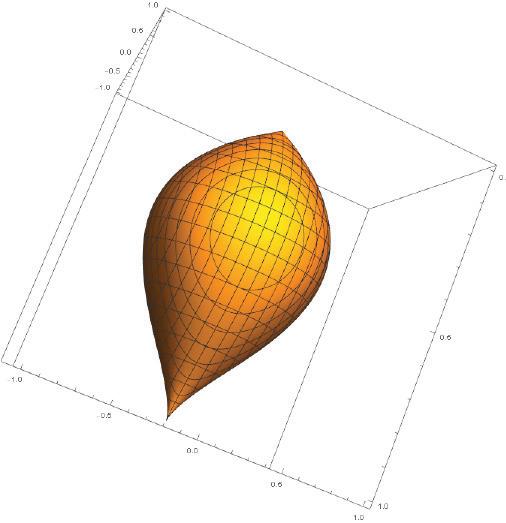
Speaking of data science, I have had two students work with precipitation data from across the continental US as part of the Honors Capstone Projects. This was a great opportunity for them, as it gave them knowledge and experience that is currently sought by employers. I’m excited to see what new opportunities CMU and the future have in store!

Our organization is dedicated to furthering mathematical scholarship and research. As part of that, we hold regular meetings which provide a forum for graduate students to present their academic interests in a welcoming environment. We also organize trips to nearby conferences, outreach in the local community, and other events designed to establish and cultivate relationships within the body of individuals excited about mathematics at CMU. Membership in the chapter is open to any mathematics graduate student at CMU.

Pi Day Celebrations: Could we really call ourselves a math organization if we didn’t celebrate Pi Day? Every year, we like to invite the department to a celebration of our favorite irrational number!
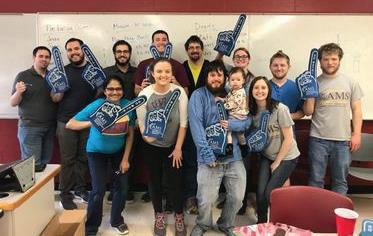
President: Tyler Owen
Vice President: Bridgette Russell
Record Keeper: Tony Sheikhnavassi
Treasurer: Brooklynn Willett
Media/Public Relations: Chris Rose
Faculty advisor: Dr. Meera Mainkar
Game Nights: AMS loves to host social gatherings as a way for graduate students and faculty to relax and get to know one another. The photos below are from our Welcome Back Game Night at the beginning of the Fall 2019 and Fall 2021 semesters.


(Joint AMS & Mathematics Department): AMS is proud to help plan the end of the year potluck for the graduate students, staff, and faculty. We take this opportunity to relax, eat, socialize, congratulate graduates and retirees, and thank those that have gone the extra mile for CMU. Spring 2019 Pictured

Integration Bee: This year, we will see the long-awaited return of the annual AMS Integration Bee. The night is always filled with fun, laughter, competition, good food, and of course, calculus!
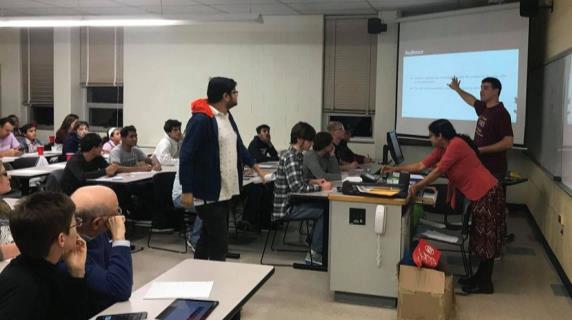



At the forefront of the AMS mission is the furthering of mathematics scholarship. Every semester, we host a series of talks given by graduate students, faculty, and other invited guests to learn more about our favorite subject! Whether in person or virtual, there’s always more to learn and discover!


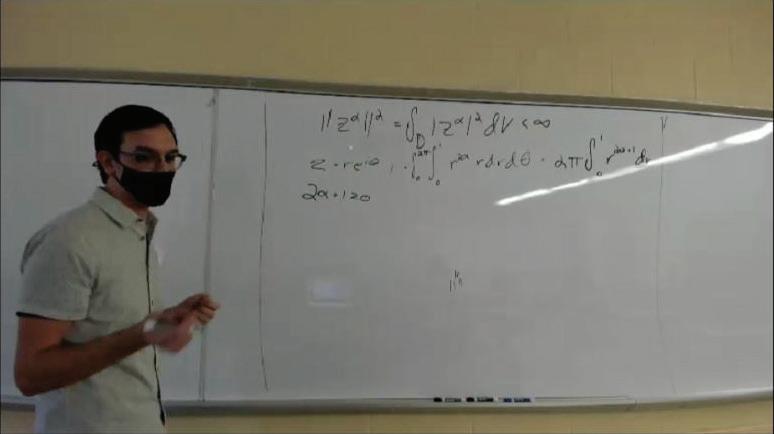

My Fall 2021 semester started with arrival of two new family members: Our twin girls!
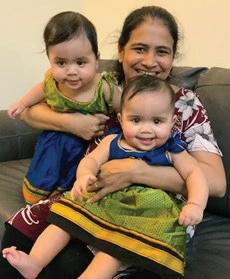
In Spring 2022, I taught the Capstone Course for Math majors. I taught Matrix Lie Groups that unified students’ knowledge of Linear Algebra, Calculus III and Group Theory.
My joint work with Jonas Dere of KU Leuven Kulak, Kortrijk, Belgium was accepted for publication in journal Mathematische Nachrichten. I also continued my research in collaboration with Rachelle DeCoste of Wheaton College, MA, Lisa DeMeyer of CMU, and Allie Ray of Birmingham-Southern College on 2-step nilpotent Lie algebras associated with graphs. We have submitted one article for publication. I was invited to present my work with Benjamin Schmidt of Michigan State University on Isometries at the special session on metric geometry and topology at virtual Joint Mathematics Meeting in 2022.
I continue to serve as the Graduate Coordinator in the department of mathematics and as the faculty advisor to the AMS Graduate Student Chapter at CMU.

In Fall 2021, I taught MTH 525: Linear Algebra and MTH 130: PreCalculus. In Spring 2022, I taught MTH 332: Introduction to Mathematical Proof and MTH 233: Calculus III. I enjoyed teaching MTH 525 and MTH 332 classes again after several years.
I enjoy working with students and mentoring them. Kelsey Knoblock took independent study classes in both Fall 2021 and Spring 2022. In Spring 2022 she started reading articles in matrix theory and combinatorics in preparation for her Honors Thesis.
In recent years, I have been working on research projects in the areas of operator theory, combinatorial matrix theory and finite frame theory. In the area of combinatorial matrix theory an article jointly authored by Nancy Matar, Lon Mitchell and Sivaram Narayan appeared in the journal Linear Algebra and its Applications 642 (2022) 73-85. Two other manuscripts in matrix theory and finite frame theory have been submitted for publication and are currently under review.

Hello Everyone. I hope everyone is doing well! Here is what I have been up to this past year. Though many mathematical events are still online, the online formats have also allowed me to give some presentations that otherwise would be difficult to arrange in person. One online presentation I made

was: Mezclando la Matemática con la Cultura (Mixing Mathematics with Culture) at the Annual meeting of the Mathematical Society of Chile. For another online presentation, I worked with Shalini Verma, a PhD student in mathematics education in India, on the topic of cultural mathematics and games. We gave the joint online presentation: Learning mathematics through traditional games, as part of the International Webinar on Toys and Games to Play, Make and Learn (in India).
In addition to presentations, I published the paper, Valdivia’s lifting theorem for non-metrizable spaces, which recently appeared in the journal Topology and its Applications. The paper has to do with an application of the closed graph theorem, which is a deep result that is used for proving the continuity of linear functions. It is one of my favorite theorems! My focus for the paper was on the application of one version of the closed graph theorem regarding when convergent sequences or precompact sets can be linear images of sequences that converge or are compact in a Banach space that is constructed in the domain. In the original result, the range space has rather restrictive conditions; that it be a metrizable, strictly barreled space. I was able to prove the result without the metrizable and strictly barreled conditions, making the theorem applicable in a more general context that includes an application to mathematical physics.

I began my career at CMU in the Fall of 2007 as fixed-term faculty. In the Fall of 2019, I achieved the level of Lecturer III for fixed-term faculty. I have taught MTH 101, 105, 107, 130, and 132. I have been teaching MTH 113, a course for non-math majors, for many semesters and enjoy working with these students.
Before coming to CMU, I taught high school for ten years at Sacred Heart Academy in Mt. Pleasant. While at Sacred Heart I was the coach for the Spaghetti Bridge Building team as well as Senior Class Advisor.
My hobbies include reading mysteries and historical fiction, baking, gardening, and playing handbells.
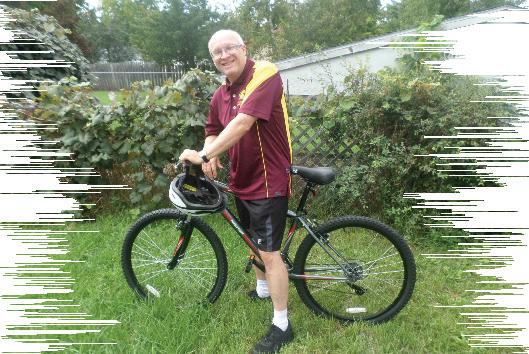


My research field is in applied mathematics: mathematical biology and scientific computing. Recently I and collaborators published one paper in Journal of Mathematical Biology: Tumor growth towards lower extracellular matrix conductivity regions under Darcy’s Law and steady morphology.



Using mathematical analysis and numerical methods such as level-set method and interface-fitted adaptive mesh for free boundary problems, we find that when the cancer shape and volume are roughly stable, the cancer cells would grow to the tissue of low conductivity. Conductivity measures the speed of cell migration through porous extracellular matrix in body tissue. The tissue hold a tumor is filled with fibers and thus is a porous media. Therefore, the Darcy’s law, fundamental to ground water dynamics, can be used to describe tumor growth. The conductivity is determined by two factors: one is the inherent property of the tissue such as fiber configuration, and one is the cancer cell viscosity. Some treatment such as chemotherapy and photodynamic therapy could change the cancer cell viscosity compared with the healthy cells. This mathematical work predicts the cancer therapy may complicate the tumor microenvironment and drive the cancer cells to invade or metastasize other organs of the body.

This picture shows the shape of a solid tumor growing in the direction of the big green arrow. The blue and yellow colors render the pressure developed inside the tumor due to cell mitosis and apoptosis. The small red arrows on the tumor boundary denote the motion velocity.
In the following CMU website, there are some videos displaying the cancer growth process towards the low conductivity region: people.se.cmich.edu/zheng1x/.

This year I presented at The International Conference on Creative Mathematical Sciences Communication, in Bergen, Norway. This is an annual international initiative aiming to promote algorithmic/computational thinking and the mathematics involved in it through hands-on, unplugged activities. It gathers scientists, researchers, teachers, and artists to develop new ways of communicating mathematical sciences to citizens of all ages – in particular to children. This year’s conference was scheduled to include a city festival where various science departments of The University of Bergen, as well as companies had booths in which they proposed science hands-on activities to adults and children in the
the community. The conference also had a booth at the festival, where I had my activity (besides presenting at the conference on its first day).
My participation at this conference increased recognition of CMU and its efforts to promote the use of games, simulations, and play in learning, as it does through Center for Learning through Games and Simulations (CLGS), of which I am a faculty member.

Another high point of this year was my participation in an “academic-scientific mission” – which is a grant modality at CAPES, a Brazilian funding agency. My colleague who submitted the grant, Dr. Lessa Gonçalves, and I visited three Tribal Colleges in the state of New Mexico: Navajo Technical University (NTU), in Crownpoint, NM, the Institute of American Indian Arts (IAIA), in Santa Fe, NM, and the Southwestern Indian Polytechnic Institute (SIPI) in Albuquerque, NM. We talked to the presidents at these institutions and opened possibilities of exchange between those institutions and universities in Brazil. It was great to know other tribal colleges besides the Saginaw Chippewa Tribal College here in Mount Pleasant, which expanded my experience with the education of Native American students.
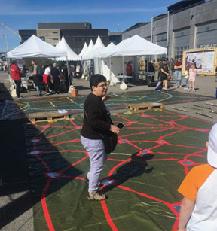
We are the Beta Chapter of KME at Central Michigan University! We have meetings every other Tuesday from 6:30PM- 7:30PM in Pearce 226. The KME meeting dates for Fall 2022 are September 7th, September 20th, October 4th, October 25th, November 8th, and November 29th. Anyone is welcome to join KME no matter their major/minor!
• To further the interests of mathematics in those schools which place their primary emphasis on undergraduate programs
• To help undergraduate students realize the important role that mathematics has played in the development of civilization
• To develop an appreciation of the power and beauty possessed by mathematics, due, mainly, to its demand for logical and rigorous modes of thought
2022-2023 Executive Board
PRESIDENT: Kelsey Knoblock
VICE PRESIDENT: Maleia Thompson
TREASURER: Jeremy Proksch
SECRETARY: Jena Wazny PR REP: Julia Savage ADVISOR: Dmitry Zakharov
• To provide a society for the recognition of outstanding achievement in the study of mathematics at the undergraduate level
• To disseminate the knowledge of mathematics and familiarize its members with the current progress in this important area of human interest
Learn more about mathematics! We host many lectures and presentations. We have hosted events such as learning LaTex or Geogebra, learning about how you can combine math and art, seeing how math appears within nature, and learning what math careers are out there.
Get volunteer hours! Working for our annual Book Sale or Mathapalooza (a volunteer tutoring event) is an easy and fun way to get much needed volunteer hours.
Anyone can join regardless of major/minor, but we have requirements for members:

Full Member
• Regularly enrolled student
• Completed three semesters of college classes (at least one at CMU)
• Cumulative GPA of 3.0 or higher
• Average of B or Higher in math classes
• Taken three college courses in mathematics
• Attended at least three meetings each semester
Associate Member
• Regularly enrolled student
• Good academic standing
• Interested in mathematics Questions? Email us: cmu.kme@gmail.com


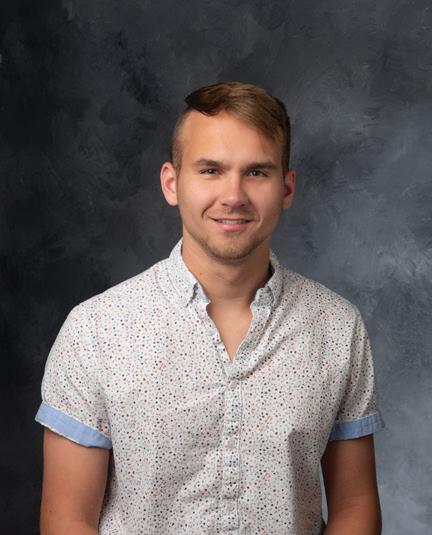

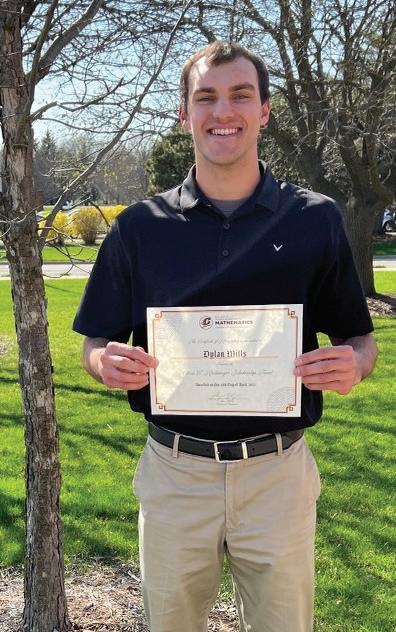

• Sashwat Maharjan
• Brook Mathewson
• Madeline Oles
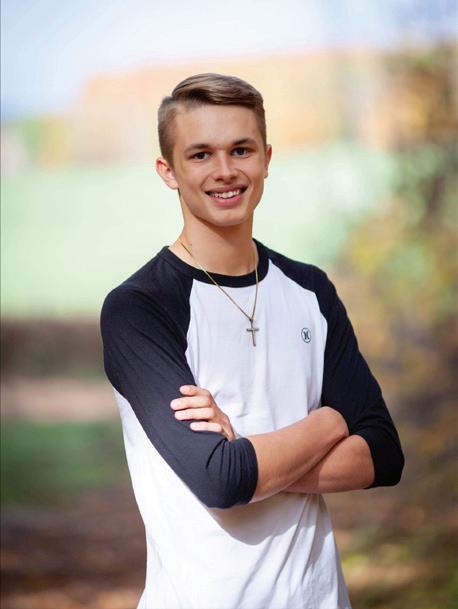

• Kelsey Hubbard Narayan
• Kelsey Knoblock
• Maleia Thompson

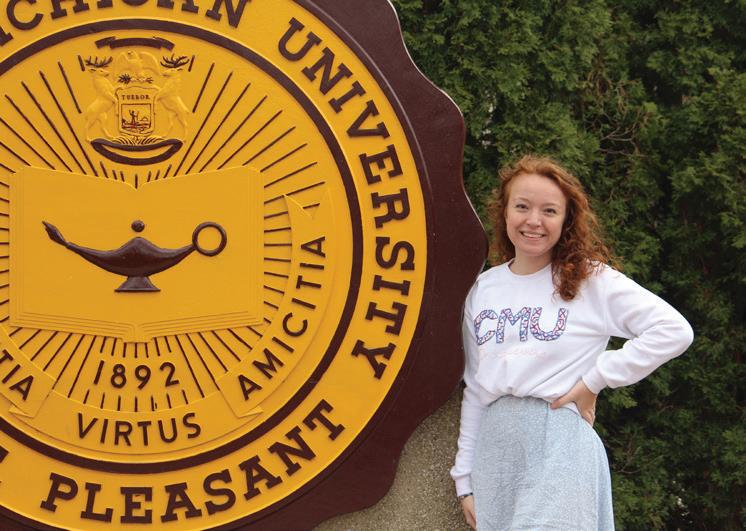
• Lance Moore
• Maleia Thompson
• Kelsey Hubbard Cleon C. Richtmeyer
• Kelsey Knoblock
• Dylan Mills
• Nova Moore
• Julia Savage
• Maleia Thompson


• Lance Moore
• Therese Hebda
• Sean Patten
• Nicholas Taratuta
• Alyssa Transhida
• Therese Hebda
• Kelsey Knoblock
• Jeremy Proksch
• Maleia Thompson
• Ben Doyle, Graduate Recipient
• Chris Rose, Graduate Recipient
• Paul Garcia-Acosta, Undergraduate Recipient

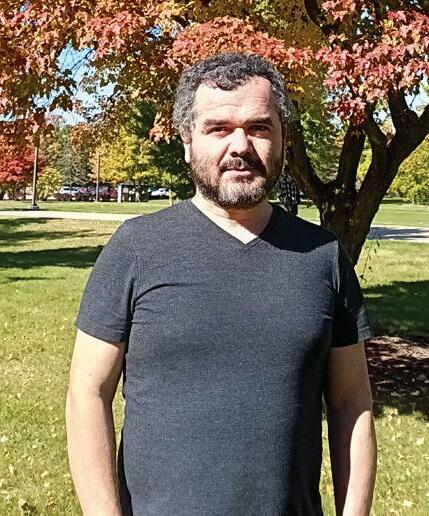
• Zane Ozzello, Undergraduate Recipient
• David Varner
• Koksal Karakus
• Jeremy Proksch - 15th out of 33
• Kelsey Knoblock - 15th out of 33 Emily Naegelin - 15th out of 33




